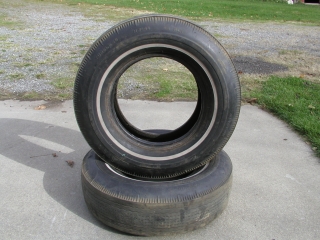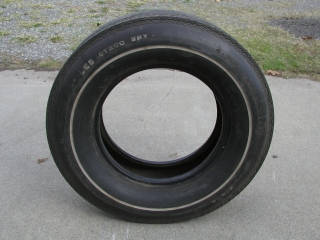My 64 - 383 engine is due back from the machine shop any day now so the assemble process is about to begin.
I remember years ago struggling (on a different 383 motor) with getting the rear main to seal correctly and was hoping to get some advise / instructions on the proper technique(s) for installation. Pictures would be appreciated too!!!
Thanks ...
I remember years ago struggling (on a different 383 motor) with getting the rear main to seal correctly and was hoping to get some advise / instructions on the proper technique(s) for installation. Pictures would be appreciated too!!!
Thanks ...


















